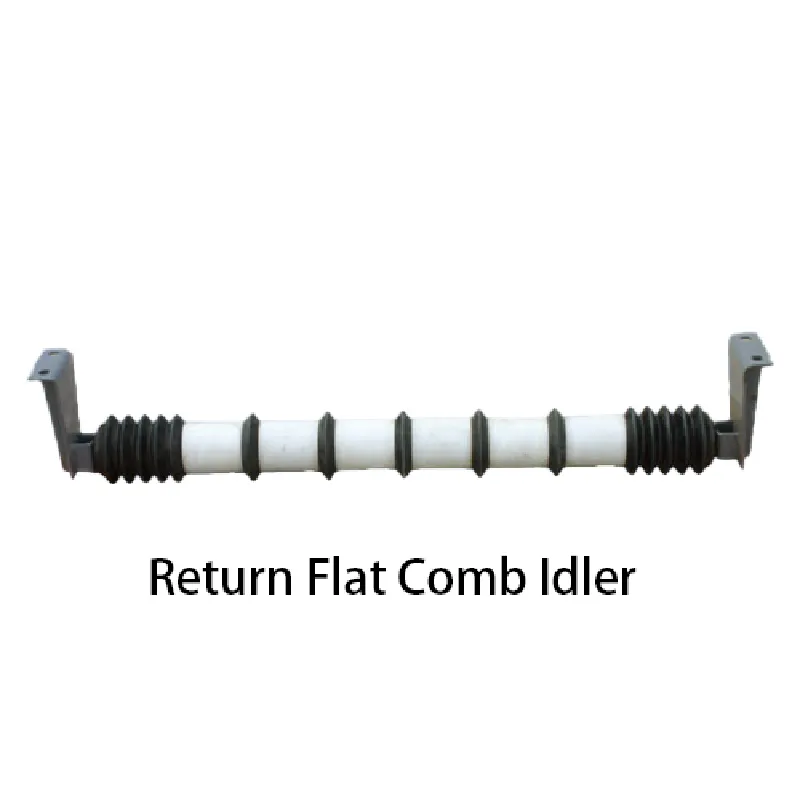 Afrikaans
Afrikaans  Albanian
Albanian  Amharic
Amharic  Arabic
Arabic  Armenian
Armenian  Azerbaijani
Azerbaijani  Basque
Basque  Belarusian
Belarusian  Bengali
Bengali  Bosnian
Bosnian  Bulgarian
Bulgarian  Catalan
Catalan  Cebuano
Cebuano  Corsican
Corsican  Croatian
Croatian  Czech
Czech  Danish
Danish  Dutch
Dutch  English
English  Esperanto
Esperanto  Estonian
Estonian  Finnish
Finnish  French
French  Frisian
Frisian  Galician
Galician  Georgian
Georgian  German
German  Greek
Greek  Gujarati
Gujarati  Haitian Creole
Haitian Creole  hausa
hausa  hawaiian
hawaiian  Hebrew
Hebrew  Hindi
Hindi  Miao
Miao  Hungarian
Hungarian  Icelandic
Icelandic  igbo
igbo  Indonesian
Indonesian  irish
irish  Italian
Italian  Japanese
Japanese  Javanese
Javanese  Kannada
Kannada  kazakh
kazakh  Khmer
Khmer  Rwandese
Rwandese  Korean
Korean  Kurdish
Kurdish  Kyrgyz
Kyrgyz  Lao
Lao  Latin
Latin  Latvian
Latvian  Lithuanian
Lithuanian  Luxembourgish
Luxembourgish  Macedonian
Macedonian  Malgashi
Malgashi  Malay
Malay  Malayalam
Malayalam  Maltese
Maltese  Maori
Maori  Marathi
Marathi  Mongolian
Mongolian  Myanmar
Myanmar  Nepali
Nepali  Norwegian
Norwegian  Norwegian
Norwegian  Occitan
Occitan  Pashto
Pashto  Persian
Persian  Polish
Polish  Portuguese
Portuguese  Punjabi
Punjabi  Romanian
Romanian  Russian
Russian  Samoan
Samoan  Scottish Gaelic
Scottish Gaelic  Serbian
Serbian  Sesotho
Sesotho  Shona
Shona  Sindhi
Sindhi  Sinhala
Sinhala  Slovak
Slovak  Slovenian
Slovenian  Somali
Somali  Spanish
Spanish  Sundanese
Sundanese  Swahili
Swahili  Swedish
Swedish  Tagalog
Tagalog  Tajik
Tajik  Tamil
Tamil  Tatar
Tatar  Telugu
Telugu  Thai
Thai  Turkish
Turkish  Turkmen
Turkmen  Ukrainian
Ukrainian  Urdu
Urdu  Uighur
Uighur  Uzbek
Uzbek  Vietnamese
Vietnamese  Welsh
Welsh  Bantu
Bantu  Yiddish
Yiddish  Yoruba
Yoruba  Zulu
Zulu Understanding the Dynamics of Head and Tail Pulleys in Conveyor Systems and Their Functions
Understanding the Head Pulley and Tail Pulley Essential Components of Conveyor Systems
In the realm of industrial and material handling systems, conveyor belts play a crucial role in transporting goods efficiently. Among the various components of these systems, the head pulley and tail pulley are particularly significant. These pulleys serve as the primary drive and support mechanisms that ensure smooth and effective operation of conveyor belts.
The Role of the Head Pulley
The head pulley, located at the discharge end of the conveyor, is the driving force behind the belt's movement. Typically powered by an electric motor, the head pulley rotates to pull the conveyor belt along its path. This pulley acts as a critical point for unloading the materials being transported. By exerting tension on the belt and maintaining its adherence, the head pulley ensures that materials are deposited at the desired location without backtracking.
Furthermore, the head pulley often features flanges on its sides to prevent the belt from slipping off. This design is particularly vital in high-speed and heavy-load applications where material containment is essential. As the belt travels over the head pulley, the tension generated allows the conveyor system to operate efficiently, minimizing wear and tear and extending the lifespan of both the belt and the components.
The Function of the Tail Pulley
Opposite to the head pulley, the tail pulley is situated at the loading or feeding end of the conveyor system. Unlike the head pulley, the tail pulley usually does not drive the belt; instead, it supports its return journey after the materials have been discharged. The tail pulley is crucial for maintaining the belt's tension and alignment, ensuring that it travels back to the head pulley in a seamless loop.
head pulley tail pulley

The tail pulley also plays a role in facilitating the loading of materials onto the conveyor belt. It provides an anchor point for the belt, allowing it to receive the incoming load without sagging excessively. In many designs, tail pulleys are equipped with devices such as gravity take-ups or automatic tensioners to adjust the tension dynamically, ensuring optimal performance throughout the operation.
Importance of Maintenance
The head and tail pulleys collectively form the backbone of any conveyor system. Their effective operation directly impacts the efficiency, safety, and reliability of material transport. Regular maintenance of these pulleys is paramount. This includes inspecting for wear and tear, ensuring proper alignment, and checking for any signs of damage.
Lubrication is another critical aspect of maintenance that cannot be overlooked. Properly lubricated bearings in the head and tail pulleys reduce friction, enhance efficiency, and prevent overheating, which could lead to severe operational failures. Operators should also monitor the condition of the conveyor belt itself, as any degradation can adversely affect the performance of both pulleys.
Conclusion
In conclusion, the head pulley and tail pulley are integral components of conveyor systems, each serving distinct but complementary roles. The head pulley drives the belt and helps unload materials, while the tail pulley supports the return path and assists in maintaining the belt's tension. Together, they facilitate efficient material handling across various industries, from manufacturing to mining. Ensuring their optimal performance through regular maintenance not only boosts operational efficiency but also enhances the overall lifespan of the conveyor system, making it a critical focus for any industrial operation.
-
Revolutionizing Conveyor Reliability with Advanced Rubber Lagging PulleysNewsJul.22,2025
-
Powering Precision and Durability with Expert Manufacturers of Conveyor ComponentsNewsJul.22,2025
-
Optimizing Conveyor Systems with Advanced Conveyor AccessoriesNewsJul.22,2025
-
Maximize Conveyor Efficiency with Quality Conveyor Idler PulleysNewsJul.22,2025
-
Future-Proof Your Conveyor System with High-Performance Polyurethane RollerNewsJul.22,2025
-
Driving Efficiency Forward with Quality Idlers and RollersNewsJul.22,2025





























